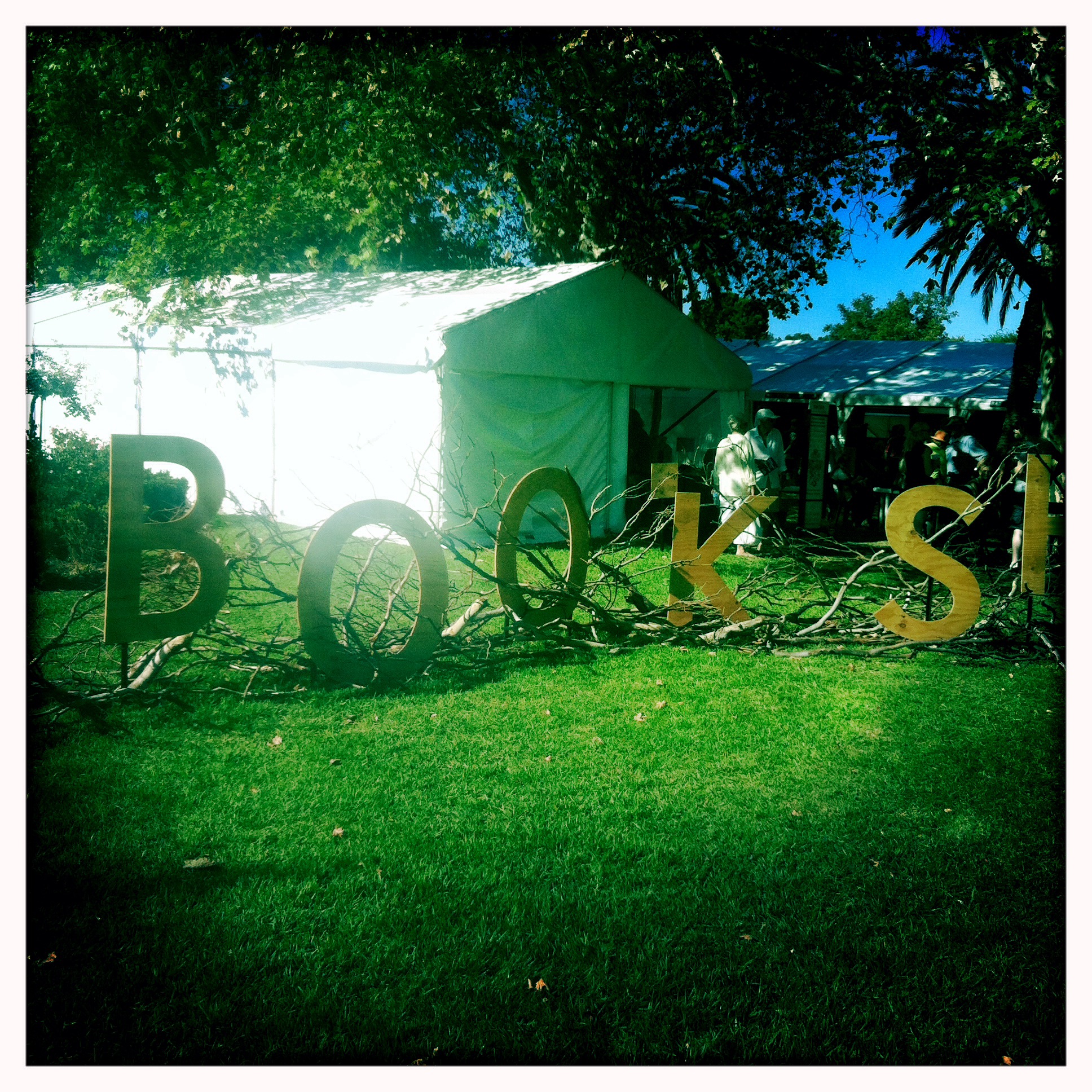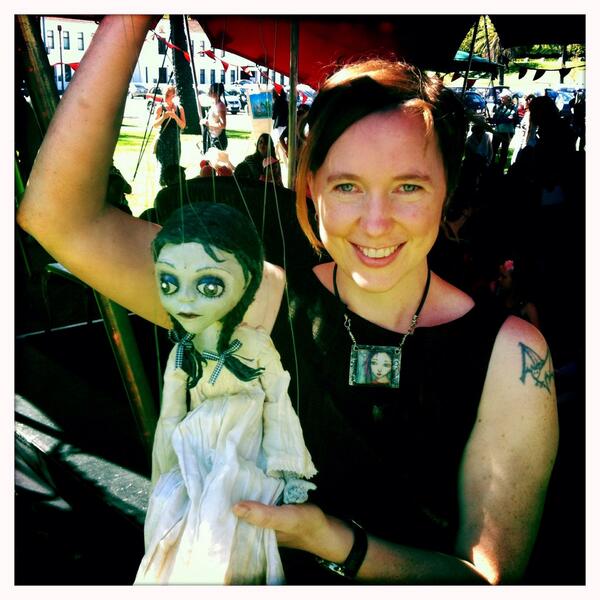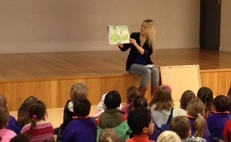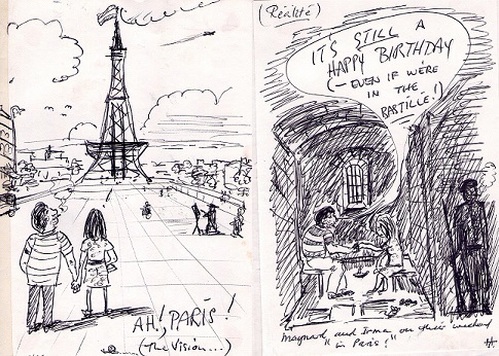ADELAIDE WRITERS’ WEEK, PART 2
 Festivals always afford writers the chance to talk shop, and Adelaide Writers’ Week was no different. There were so many wonderful conversations — both on and off the stage — about this industry that we’re all part of in one way or another.
Festivals always afford writers the chance to talk shop, and Adelaide Writers’ Week was no different. There were so many wonderful conversations — both on and off the stage — about this industry that we’re all part of in one way or another.
On stage, the combination of English writers Margaret Drabble and Helen Dunmore resulted in one of the best sessions I’ve been to at any festival. Drabble and Dunmore covered a huge amount of ground but I’d like to pick up one particular strand of discussion. Both authors spoke about how difficult it is for new writers to get published these days. ‘It was easier for us,’ Dunmore said. ‘Now writers have to be so savvy. And I do think talent is missed.’ Drabble added, ‘Now novels never even get out of the slush pile.’
But if you do manage to get your first novel published, the difficulties are far from over. If your book doesn’t sell as well as the publisher expects, the second won’t be published. There are many authors out there now — prize-winning, critically-acclaimed authors — who can’t get their books published. As Malcolm Know once said, ‘Bad sales are the wall through which novelists can no longer ghost.’ These days an author can produce a novel a publisher considers to have literary worth and still not get published.
Read More »ADELAIDE WRITERS’ WEEK, PART 2
BookScan, introduced in 2001, tallies book sales from Australian stores and provides publishers with detailed data. In other words, everyone knows exactly how many copies your last book sold. And if it wasn’t ‘enough’ the next book won’t find a publisher. As Dunmore noted, the major publishers are ‘terrified’ of publishing short fiction collections ‘because your figures will go down. And next time your novel is published everyone will look at that and orders will go down’.
The result of all this is that sales and marketing departments wield great power. And they don’t take a long view. As Dunmore said, ‘We were allowed to develop from book to book and not have great success but for new authors now there’s a lot riding on that first book.’ She went on to note that some writers ‘need three or four books to find their stride’ and in the past were granted this license. The publisher invested in the author because they believed in them. Dunmore concluded that the current sales-driven approach ‘is bad for readers as well as writers’.
A session later in the week on ‘Reading in the Marketplace’ delved deeper into these issues. Rebecca Saunders from Little, Brown Book Group (UK) explained how Amazon and Goodreads inform their acquisition decisions. They look at the number of reviews an author has and their average rating. Given that Saunders is managing a commercial imprint, the authors she is interested in will typically have thousands of reviews with an average four- or five-star rating. She also looks at the most heavily borrowed books in libraries.
Even just ten years ago publishers didn’t have access to any of the data that is now collected via Amazon, Goodreads, Facebook, Twitter and eReaders (from which publishers receive very detailed information, right down to that sentence you underlined on page 108). All of this means that more than ever readers are driving publishing decisions. For example, Saunders said that prior to the success of Fifty Shades of Grey they would never have acquired a book of erotic fiction ‘because we wouldn’t have been able to get it into the supermarkets’, therefore limiting sales. Now, of course, they know that ‘there is definitely an appetite out there for erotic fiction so we have followed suit’.
However, there are clearly problems with simply following readers. As Daniel Crewe from Profile Books (UK) said, what about the books that readers ‘want to read that they don’t yet know they want to read’. Got that?! He cited Lynne Truss’ Eats, Shoots and Leaves, which has been a bestseller for Profile. ‘Prior to that book, thousands of people wouldn’t have said they wanted to read a book about punctuation.’ And yet 10 years after it was first published it is still selling.
When I asked the panel about those earlier points made by Dunmore and Drabble concerning newer writers Saunders admitted that ‘it can be a little bit brutal’. However, she mentioned Gillian Flynn as an example of an author that Little, Brown remained committed to during her first two books, which sold modestly, before Gone Girl exploded into a bestseller. ‘Bestsellers are one in 100, so if an editor believes in an author and sees a place for them on their list they will continue to support them through at least a few titles.’ Crewe said that Profile Books do invest in authors long-term but that ‘the majors tend to have less patience’.
So where does all this leave us? A question worth posing is, would a book like James Joyce’s Ulysses be published today? Certainly not by any of the major publishing houses. It’s an awful thought that so many books widely considered to be of cultural importance simply wouldn’t be published today. And we would be the poorer for it.
Are you feeling as depressed as I am? Well, there is a glimmer of hope and it lies largely with the smaller independent publishers. Even some well-established authors are now turning to the independents who are still willing to invest in writers they believe in. But that’s a story for another day.
The final installment, Writers’ Week, Part 3, will be along shortly…






